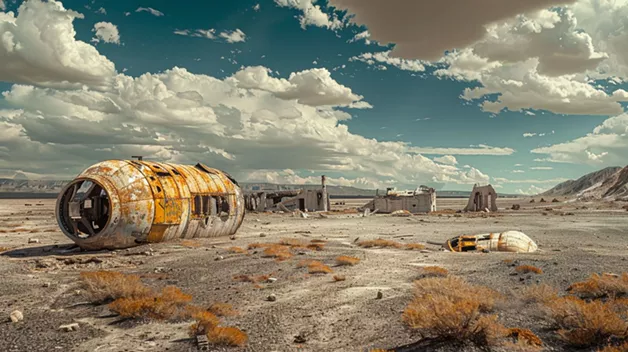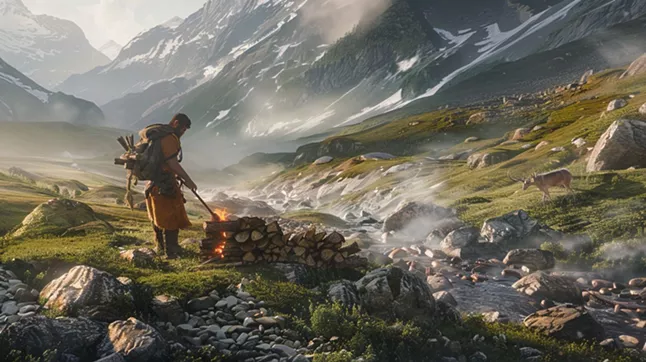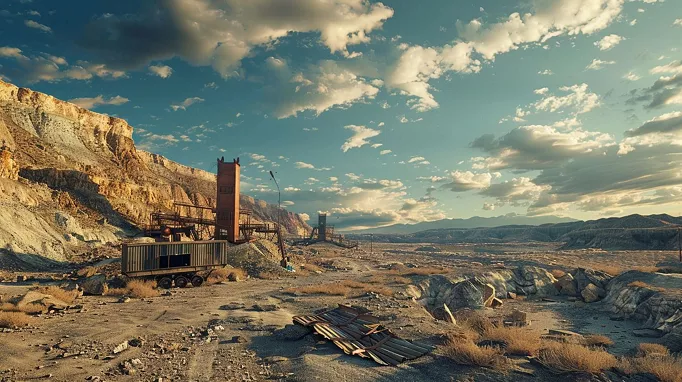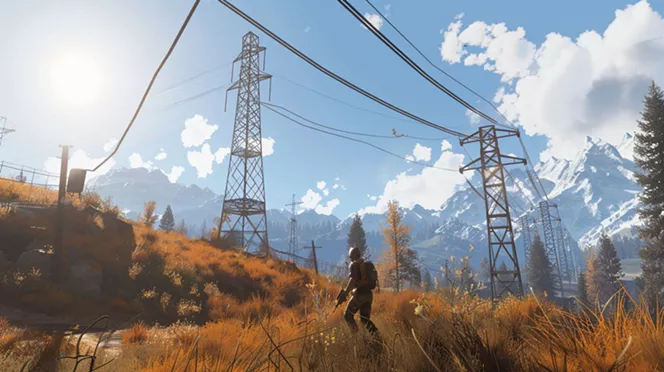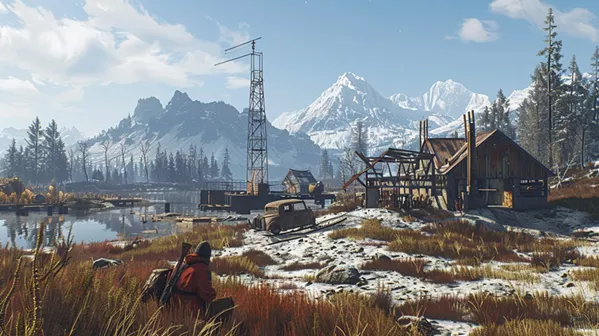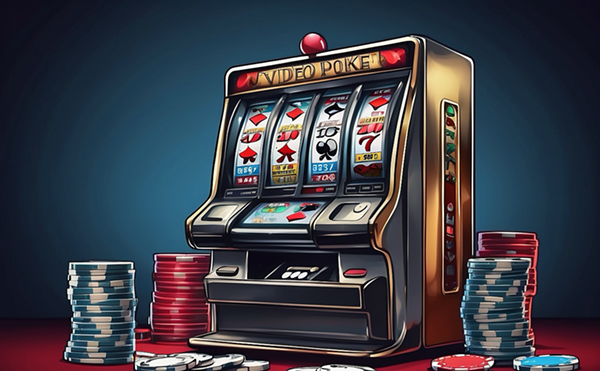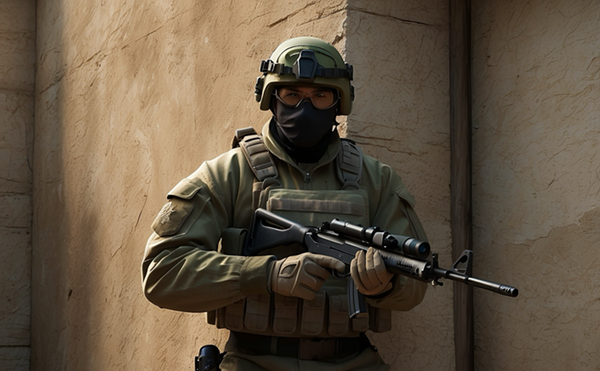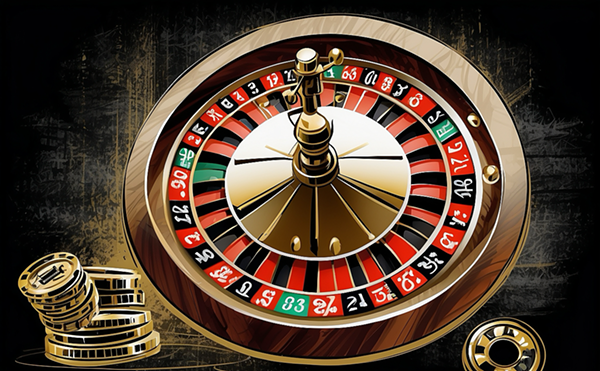Rust tosses players into a harsh survival environment where starting with nothing is the norm. The game, launched in 2013, has evolved significantly, challenging players to gather essential resources such as wood, stone, and cloth.
Survival hinges on rapidly mastering the collection of these materials while steering clear of danger. Players must carefully manage their inventory to carry only what's necessary, crafting tools and weapons from scavenged items like metal fragments and animal fat to defend against threats or hunt for food.
The choice of server plays a pivotal role in the Rust experience, influencing not only the level of challenge but also opportunities for alliances or confrontations. Beginners are advised to opt for lower population servers that have been freshly wiped to stand a better chance at survival.
This strategic decision allows newcomers to familiarize themselves with key gameplay elements without being overwhelmed by more experienced players. Safe zones such as outposts and bandit camps offer crucial amenities allowing players temporary respite from the relentless pursuit of resources like low-grade fuel and sleeping bags needed for longer-term survival strategies.
Choosing the Right Server
After getting to grips with the basics of Rust, your next crucial step is selecting a server that fits your playstyle. Beginners might find a vanilla server as the perfect starting point since it helps players understand the core mechanics without any modifications.
These servers stand out because they stick closely to Rust's original gameplay format. It’s wise to seek out a lower or medium population server if you're aiming for a more peaceful learning environment.
Pay close attention to server descriptions before joining, as they contain vital details about wipe frequency and specific days for map or blueprint resets. Evaluate factors like queue times, how often the server wipes, population stability post-wipe, and your ping to ensure a smooth gaming experience.
Choosing an official server can be beneficial due to their anti-cheat measures and stable performance. However, modded servers offer quicker resource gathering which might appeal once you're familiar with game basics.
First Steps After Spawning in Rust
Starting the game in Rust can be quite the challenge, especially with only a rock in your possession. You must quickly gather essential resources like wood, stone, and cloth to ensure survival.
- Move away from the spawning coast to avoid early confrontations with other players. Heading inland can lead to safer areas where you can start gathering resources without immediate threats.
- Look for trees and hit them with your rock to collect wood. Wood is crucial for crafting tools and building your first shelter.
- Search the ground for stones and use your rock to break them apart. You will need stone for crafting tools and building as well.
- Keep an eye out for hemp plants along your path. Hemp provides cloth when collected, which is necessary for making a sleeping bag and clothing.
- Craft a wooden spear or stone hatchet using the resources you’ve gathered. These tools will improve your ability to gather resources and defend yourself if needed.
- Find a good spot away from crowded areas to build a simple base. Ensure it's hidden enough to provide some security from other players yet accessible enough for resource gathering.
- Create a tool cupboard in your base as soon as possible to claim ownership over your building space, preventing others from building too close.
- Place a sleeping bag inside your new base so you have a respawn point if you die.
Mining and Gathering Resources
When playing Rust, gathering resources like ores and food is crucial. As you mine for valuable materials and hunt for sustenance, you'll need to adapt quickly to the ever-changing world of the game.
Mining Ores
Mining ores in Rust is crucial for crafting tools, weapons, and building strong bases. To excel in this task, players must gather resources like stone and metal ore using basic tools.
- Craft basic tools: Before you start mining, craft a hatchet and pickaxe. These tools allow you to collect resources much faster than using your hands.
- Identify resource nodes: Keep an eye out for stone nodes and metal ore deposits scattered across the landscape. They have distinct appearances that differentiate them from the regular terrain.
- Hit the shiny spots: Once you find a node, aim for the shiny spots when hitting it. Striking these areas yields more resources per hit, speeding up your gathering process.
- Listen for sounds: Pay attention to the sound made when mining. A successful hit on a shiny spot produces a distinct sound, confirming you're maximizing resource collection.
- Watch for other players: Always stay alert while mining. Other players might see you as an easy target since your focus is on gathering resources.
- Use the gathered materials wisely: Once you've collected enough stone and metal ore, smelt them in a furnace to create metal fragments or other materials needed for crafting advanced items.
- Prioritize safety: Mining can attract unwanted attention from both NPCs and other players. Try to mine in less populated areas or bring friends along for protection.
- Explore safe zones: Some areas around official servers are safer than others for mining activities due to lower player densities or PvE (Player vs Environment) protections.
- Avoid carrying too much junk: Managing your inventory efficiently is vital while on resource runs; avoid hoarding unnecessary items that could slow you down or make you a bigger target for looters.
- Crafting stations matter: Look to build or use nearby workbenches where you can craft more sophisticated items like nails guns using metal pipes and road signs gathered from your mining efforts.
Hunting for Food
To survive in Rust, hunting for food is essential. Players can hunt animals such as deer, boars, and bears to collect meat, cloth, and animal fat. Here's a look at the process of hunting for food:
- Tracking animals by following their footprints or listening for their sounds.
- Using weapons like bows, crossbows, or firearms to take down animals.
- Harvesting resources from the hunted animals including raw meat, animal fat, and cloth.
- Cooking raw meat on a campfire or a cooking grill to make it edible.
- Crafting clothing and other useful items from the collected resources.
Exploring Locations within the Game
Explore a variety of locations such as monuments, safe zones, and the road. Discover areas to avoid and navigate powerlines while scavenging resources in Rust.
Monuments
Monuments in Rust are key locations that offer a diverse range of resources and opportunities for players to explore and interact with. They can be found throughout the game world and play a crucial role in a player's progression. Here's what you need to know about monuments:
- Recyclers: Most monuments house recyclers, which are essential for breaking down components into raw resources such as metal fragments, scrap, and more.
- Resource Acquisition: Monuments provide a quick means of acquiring scrap for workbenches or gathering resources required for crafting tools and essential items.
- Crafting Opportunities: Players can make use of the resources found at monuments to craft various items and weapons, enhancing their capabilities within the game.
- Defensibility: Monuments also present opportunities for defensive strategies against threats by using the resources available to fortify positions or equipment.
- Exploration Hub: Monuments serve as hubs for players seeking adventure, loot, and interaction with other players, making them dynamic focal points within the game world..
Safe Zones
- Safe Zones in Rust provide players with areas where they can trade, interact safely, and avoid player versus player (PvP) combat.
- The Outpost and Bandit Camp are designated safe zones in the game where players can find NPCs to trade with, recycle items, and seek refuge from hostile encounters.
- These safe zones are characterized by a lack of ability to harm or be harmed by other players within their borders.
- The Outpost also has a recycler and vending machines that enable players to exchange surplus items for scrap or purchase resources.
- The Bandit Camp is equipped with shops for trading as well as a gambling wheel for earning extra resources through chance.
Areas to Avoid
When venturing in Rust, there are certain areas that should be avoided to ensure your safety and survival:
- Towns with Radiation: These areas can cause radiation poisoning if not wearing a hazmat suit, leading to significant health loss.
- Risky Monuments: Avoid recycling at monuments without safe zones, as it poses a high risk of encountering hostile players or creatures.
- High-Population Areas: Steer clear of locations with heavy player traffic to reduce the likelihood of confrontations and attacks.
The Road
Navigating the roads in Rust can be both thrilling and perilous. The road is a common pathway for players to travel, beckoning with opportunities and dangers alike. As you traverse through this everchanging realm, keep an eye out for other players who may pose a threat or offer an alliance.
Additionally, it's important to note that the road often leads to essential locations such as monuments and safe zones where valuable resources and refuge can be found.
When venturing on the road, it is advisable to remain cautious and vigilant of your surroundings while seeking more than just your next destination. Unlocking the secrets hidden along these paths may prove vital in your survival journey.
Powerlines
As you explore Rust, it's important to consider the value of powerlines in guiding your journey. They offer a convenient and safer pathway for looting and gathering resources, with less player confrontation compared to other areas.
Powerlines often lead to less frequented locations, making them an ideal choice for new players seeking essential resources and a place to establish their base. It's recommended to find a secluded or resource-rich area near powerlines for efficient building and expansion.
Moreover, placing a sleeping bag nearby allows for swift return in case of respawning, making it easier to build closer to these valuable routes.
Building Your First Base in Rust
Building your first base in Rust involves checking the area, constructing the base, and setting up essential items. You need to meticulously plan and execute each step for a well-fortified base.
Checking the Area
When choosing a location for your base in Rust, it is crucial to scout the area thoroughly. Identify potential threats like other player bases, high-traffic zones, and nearby monuments with valuable loot to avoid unwanted attention.
Look for strategic spots that provide natural cover or are difficult to spot from a distance.
Scout the terrain around the chosen location to identify vantage points where opponents might have an advantage when attacking your base. Be aware of any environmental hazards like radiation hotspots or aggressive wildlife which could pose a threat to your survival in the selected area.
Construction Process
To begin constructing your base in Rust, gather essential resources such as wood, stone, and metal fragments for the construction process. Obtain a building plan and a hammer to initiate the building process. Next, upgrade the base's components to stone and metal for enhanced durability and protection. Craft a tool cupboard and place it inside the base to prevent other players from building too close to it. Acquire scrap to craft a workbench, which unlocks higher-level tools and items for the base. Finally, build a sheet metal door and upgrade it with code locks for improved security and access control within the base.
Setting Up Essential Items
After completing the construction process for your base in Rust, setting up essential items is crucial for survival and success in the game. Here's how to ensure you have everything you need for a strong start:
- Crafting Workbench: Build a workbench to craft advanced items and tools essential for base improvement and expansion.
- Sleeping Bag: Place a sleeping bag inside your base to set your respawn point in case of unfortunate events.
- Tool Cupboard: Set up a tool cupboard to claim ownership of the area around your base, preventing other players from building nearby.
- Campfire: Install a campfire for cooking food and staying warm during cold nights.
- Wooden Storage Chests: Place wooden storage chests to organize and store resources, weapons, and valuable items safely.
- Furnace: Construct a furnace for smelting ores into metal ingots, essential for crafting higher-tier equipment.
- Water Catcher: Install a water catcher to collect rainwater for hydration when fresh water sources are scarce.
- Research Table: Create a research table to learn new blueprints by sacrificing scrap and items found throughout the game world.
- Small Planter Box: Build small planter boxes to cultivate crops like hemp, providing valuable resources for crafting and trading.
- Tool/Weapon Repair Bench: Set up a tool or weapon repair bench to maintain the durability of your gear, ensuring it remains effective in combat situations.
Upgrading and Improving Your Base
To survive in Rust, you must continuously upgrade and improve your base. It is crucial for bolstering defenses and protecting valuable resources. Here's how to do it:
- Reinforce your base walls with wood or stone to increase durability.
- Craft better items and smelt metal using a workbench and furnace.
- Collect resources like hemp and stone nodes for building and upgrading your base.
- Utilize recyclers to gain resources for enhancing your base's infrastructure.
Utilizing Recyclers for Resources
Transitioning from the phase of upgrading and improving your base, utilizing recyclers in Rust can be a game-changing strategy. By employing them strategically, you can efficiently break down components into raw resources to aid in gathering essential materials and advancing within the game.
It is advisable to take advantage of safe locations such as bandit camps or outposts for recycling, as this allows for quick acquisition of scrap for workbenches or building tools.
Understanding the dedicated components guide can provide further insight on maximizing the benefits of recyclers. Additionally, consider crafting a nailgun at the outpost by dismantling road signs - a valuable tool that facilitates resource collection.
Understanding and Completing Missions
In Rust, completing missions is an essential part of the gameplay. These missions range from simple tasks to more complex challenges and offer rewards such as valuable items or resources upon successful completion.
Missions can involve various objectives like hunting down specific creatures, gathering rare materials, or even engaging in combat scenarios. Completing these missions not only provides rewards but also helps players gain experience and progress through the game more efficiently.
Additionally, missions often have time constraints or limitations that add an element of urgency and strategy to gameplay. It's vital for players to carefully plan their approach when undertaking a mission to ensure success while avoiding potential dangers posed by other players or environmental hazards within the game world.
For more information email [email protected]
